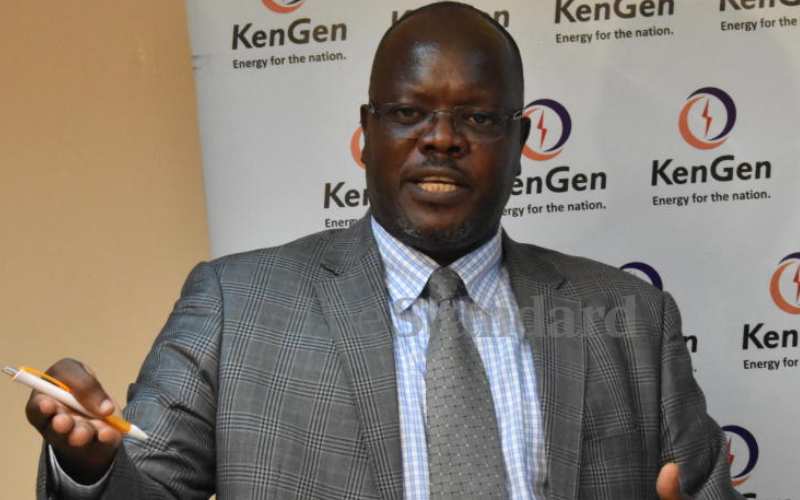×
The Standard e-Paper
Read Offline Anywhere

Ken- Gen Chief Energy Planner Willis Ochieng' during an interview with The Standard on June 17, 2021. [Samson Wire, Standard]
Kenya Electricity Generating Company (KenGen) is on course to modify their hydropower projects to make them resilient to changes in climate.